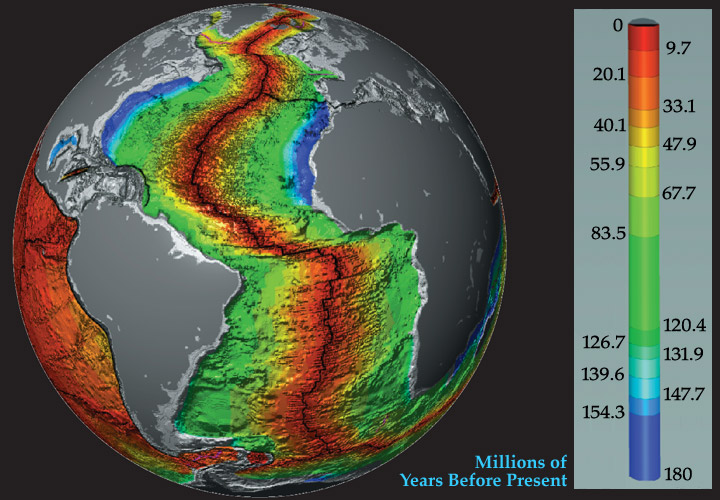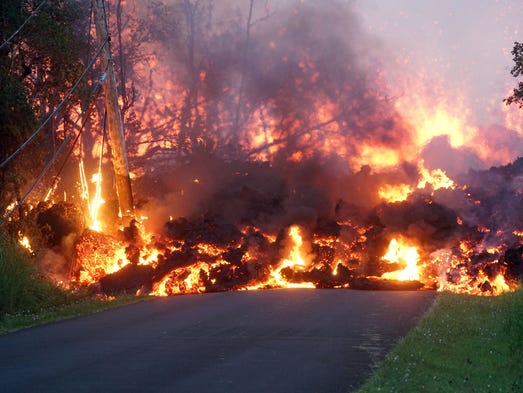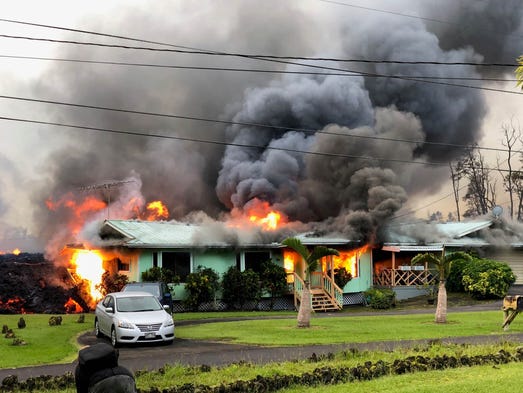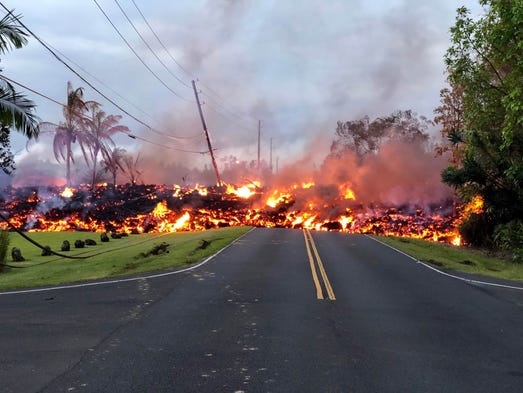Alexa
traveller space dreamer
Anyone follows what's going on in Hawaii ? Several earthquakes and an angry volcano, Kilaunea, enough to scary everyone and evacuate the zone. I wached recently a series of documentary about continents' movements, so I'm a bit sensitive about this kind of phenomenons right now.
New York Times had an article in February about NASA preoccupation in volcanos and climate changes. Could Kilaunea cool the Earth or this volcano is not big enough ?

Kilauea Volcano Erupts, Spewing Lava and Gases Near Homes in Hawaii
The Next Big Volcano Could Briefly Cool Earth. NASA Wants to Be Ready.
New York Times had an article in February about NASA preoccupation in volcanos and climate changes. Could Kilaunea cool the Earth or this volcano is not big enough ?

Kilauea Volcano Erupts, Spewing Lava and Gases Near Homes in Hawaii
The Next Big Volcano Could Briefly Cool Earth. NASA Wants to Be Ready.





